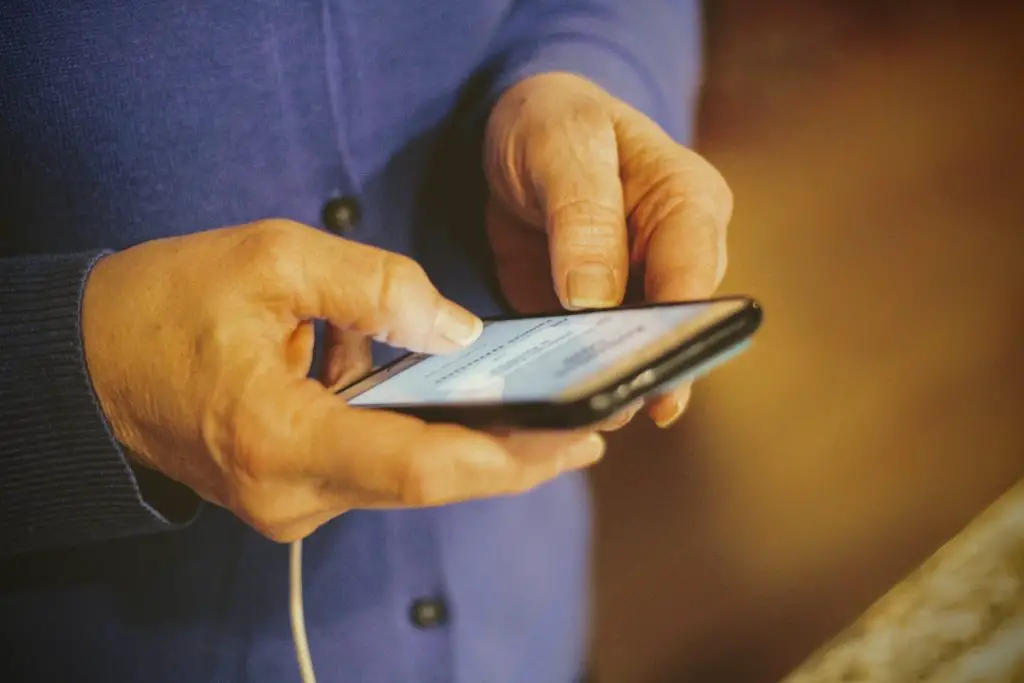This post may contain affiliate links which means I may receive a commission. Learn more on my Privacy Policy page.
Most fitness trackers can identify what kind of exercise you’re
engaging in by tracking your movements – from running and cycling
outdoors, to elliptical workouts and more.
Devices designed to
monitor stairs include altimeters that allow users to measure flights of
stairs and other elevation data, with budget options like Fitbit Luxe
available as well as more costly models from Garmin.
Activity Trackers
Fitness trackers gather information about your daily activity, such
as steps taken, calories burned and distance traveled. They also monitor
stationary time and remind users when it has been too long since they
last got moving by sending reminders that it’s time to get up and move
again.
Some trackers can detect specific exercises and provide
tailored workouts via their companion app. Look for models equipped with
built-in heart rate sensors to track both resting pulse and active
heart rate when exercising – such as the Garmin vivomove sport.
Other
features to keep in mind when purchasing a tracker include sleep stage
tracking, stress tracking, Amazon Alexa compatibility for hands-free
access to favorite apps and instant electrocardiogram (ECG) diagnosis of
heart conditions.
Smartwatches
Smartwatches are mini computers designed to display calls, messages
and app notifications on your wrist without having to take out your
phone from its pocket. In addition, smartwatches provide advanced health
and fitness tracking (e.g. heart rate monitoring, pedometry, gyroscope
and GPS tracking) along with useful features like weather widgets and
route maps.
Some devices allow users to take phone calls with
built-in microphones, set reminders and timers, and use voice activation
for hands-free operation. Others are standalone devices designed with
cellular connectivity; yet others integrate seamlessly with specific
platforms like Apple WatchOS or Google Wear OS and offer unique apps and
functionality.
The ideal smartwatches for outdoor use will
feature features such as multi-band support that enables them to track
both GPS and Glonass positioning systems, premium topo maps and detailed
activity profiles. Furthermore, these watches should sync collected
data with native apps on your phone for analysis and comparison
purposes.
Headphones
At the core of it all lies sound quality – you should consider
headphones that can reproduce audio at high volumes without distorting,
producing clear and undistorted audio when listening to music, streaming
content or phone calls.
In-ear headphones (also referred to as
in-ear monitors) fit snugly inside your ears and create a seal using
silicone or memory-foam tips, directly delivering audio directly to your
ear drums. Their compact form factor and fold flat design makes them
great for travel or workout use, while some models even feature
microphones to enable hands-free calls using smartphones.
Many
headphones feature controls to enhance your listening experience, such
as touch-sensitive buttons on the ear cups that respond to taps and
swipes. Look for headphones with intuitive controls that feel natural in
your fingers; some models even come equipped with built-in voice
assistants for hands-free accessing music, podcasts, or apps; these may
even come equipped with an IP rating to show their level of water
resistance.
Sleep Trackers
Sleep trackers help you understand how your nighttime habits impact your health. For instance, if you find yourself cutting short bedtime to watch Game of Thrones or binge TV shows instead, having a tracker in place serves as a helpful reminder that you may not be getting enough rest.
Some trackers measure movement to detect interruptions during sleep, while others record your breathing patterns and monitor environmental factors like light and temperature in your bedroom. They also provide feedback as to whether you’re sleeping too little or too much, with some using your sleep cycles as an alarm clock so it sounds less disruptively.
These devices may not provide as accurate of an assessment as polysomnography tests do, but they still offer valuable insight into your sleeping habits. It is up to you as the individual to interpret and utilize this data accordingly – your experience with it may differ significantly; just keep in mind it may require trial and error before finding what works for you.




